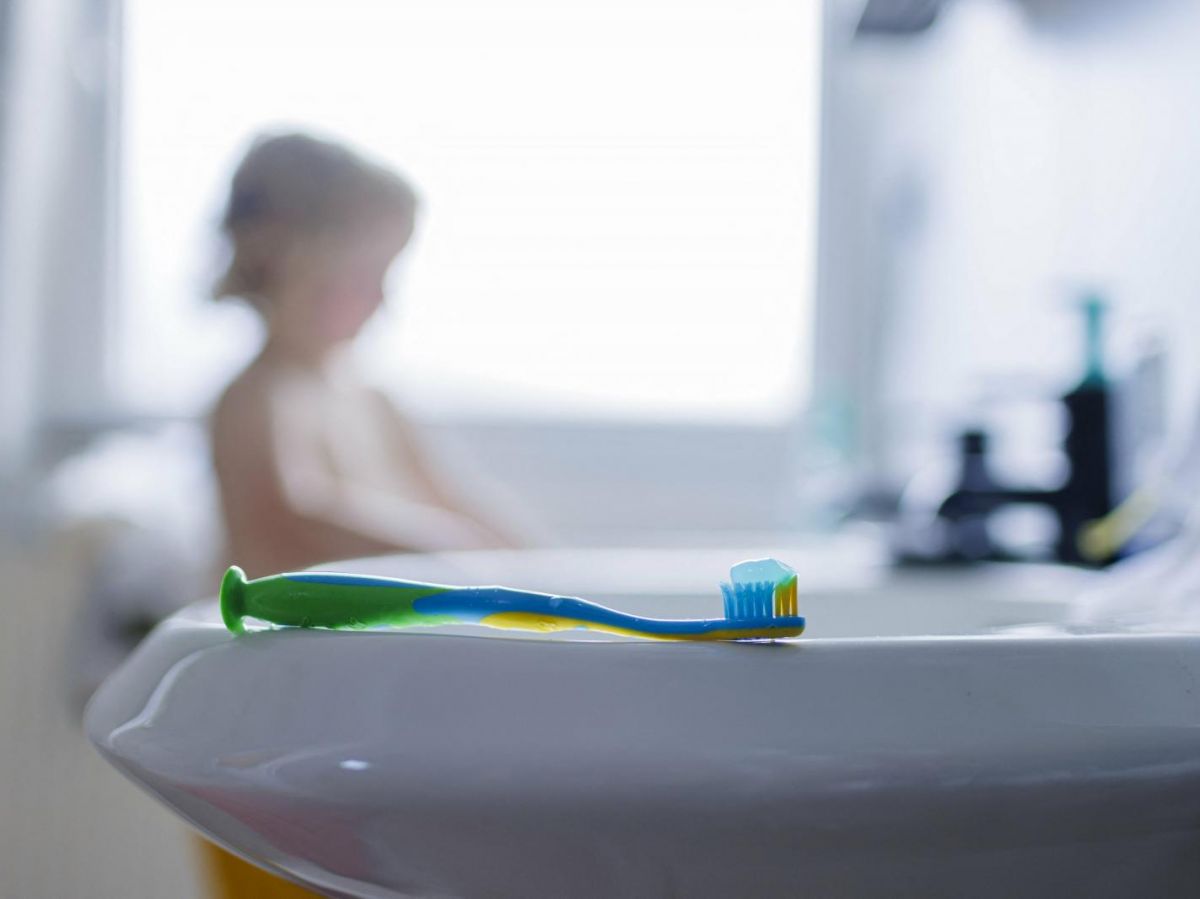In less than a month, this is the third time that Lisa*, aged about ten, has been to the dentist. Since she was 5, she has seen numerous practitioners and has been making appointments to maintain, as best she can, the progress of a dental condition she suffers from: molar and incisor hypomineralization, also known as MIH.
Hypomineralization of molars and incisors is a dental pathology that mainly affects children aged 6 to 14 years. It is a defect in the mineralization of tooth enamel that manifests itself by visible brown spots on permanent teeth as soon as they appear.
This anomaly does not stop at the color of the tooth: the affected molars and incisors are more fragile, with a six times higher risk of developing carious lesionsThe child also has hypersensitivity to hot and cold, causing pain when chewing and brushing teeth.
The number of people affected by the disease is high: "Internationally, 1 in 7 children are affected by MIH. In France, it's 1 in 5 children out of 846 schoolchildren.", revealed Dr. Patrick Rouas, dental surgeon and MIH specialist, during the 25th national public health conference of the French Union for Oral Health (UFSBD).
Diagnosis of MIH by practitioners remains complicated
Despite these figures, diagnoses by practitioners remain complicated. Not everyone is aware of this disease: "We are lucky, from the first appointment with the dentist, the practitioner immediately detected the anomaly but, despite this, she was not able to give us more information.", explains Jean-Michel, Lisa's father and treasurer of the Soigner la MIH association.
The cause of this disease remains unknown; diet and tooth brushing are not questioned. Throughout her childhood, Lisa always ate a healthy diet with very little sugar. Her teeth were brushed morning and night, and her parents always followed and respected the recommendations made by health professionals. However, the little girl now has mandatory dental checkups with an appointment every three months.
Read alsoTherapy Regrows Teeth
"A whole section of practitioners have not received initial training and have difficulty diagnosing MIH, since we have only known much more about the disease since the 2000s.", explains Dr. Rouas.
During his presentation at the conference, the practitioner emphasized the importance of prevention and knowledge on the subject in order to be able to answer the many questions parents have. He also highlighted several points to combat dental anomalies, such as early diagnosis, minimal intervention, and the fight against hypersensitivity.
"Dentists don't always agree with each other."
MIH, although visible in permanent teeth, can also be diagnosed as early as 2 and a half years old. This is based on the observation of hypomineralization of the second temporary molars, known as baby teeth. "If this initial diagnosis is made, there is a 10 times greater risk of having MIH when the permanent teeth come through.", says Dr. Rouas. However, the disease can still appear even without this type of lesion.
Once a tooth is affected, it is important to act quickly to remineralize it and protect it as best as possible from carious diseases. There is no treatment to cure MIH, but several techniques can reduce the symptoms, such as applying fluoride varnish, which helps delay the attack of bacteria on the teeth, or sealing the grooves to combat hypersensitivity.
Faced with treatments, the situation also seems complicated. "Dentists don't always agree with each other, and I still don't know what treatment is best for my daughter." says Jean-Michel.
Read alsoFewer sugary drinks, fewer cavities
Created in 2023 by parents whose children suffer from MIH, the association Soigner la MIH campaigns to raise awareness of the disease and encourage the medical profession to be more involved in prevention.
Meanwhile, Jean-Michel worries about his daughter. Brown stains on teeth can be a source of ridicule from her classmates. Some children even lose their smiles because of this anomaly. During the conference, Dr. Rouas was keen not to overlook the psychological suffering that some children may experience in this regard. "It's our role, with minimal intervention, to bring smiles back to children's faces." concludes the doctor.
*Lisa is a pseudonym, the parents wish to keep their daughter's name anonymous
